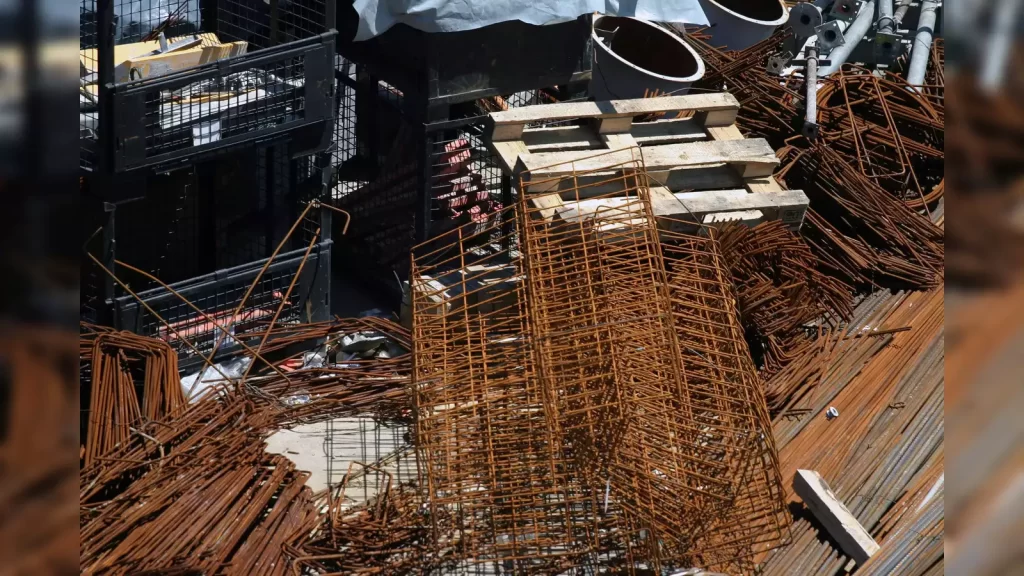Cutting Costs and Reducing Waste: The Economic Benefits of Eco-Friendly Materials
Sustainable construction materials are those that reduce the environmental impact of buildings. They also offer other benefits, such as durability and energy efficiency.
Reusing or recycling materials is another important element of sustainable construction. This includes reusing materials such as wood, paper and steel. It also involves using renewable energy sources like solar panels or geothermal systems.
Environmental Protection
The construction industry consumes large amounts of raw materials and produces a significant amount of waste. With an aim to reduce the industry’s environmental impact, sustainable building methods and practices are being developed. One of the ways to achieve this is by using recycled and renewable materials.
The most popular sustainable construction material is ferrock, which is made from waste materials including steel dust and ground-up glass. It’s also known to help reduce carbon dioxide emissions, which is great for the environment. Other sustainable materials include bamboo, which is very strong and can be used for both structural and decorative purposes. It can be easily sourced in most areas and is easy to work with.
Another green option is green charcoal bio-brick, which is made from carbon, soil, and organic luffa fiber. It helps to cool the ambient temperature inside buildings and improves air quality. These materials also minimize energy consumption and reduce noise disturbances.

Benefits
There are many benefits to using eco-friendly construction materials. These green building products not only reduce the carbon footprint of the building, but also lower the costs of its operations and maintenance. The best part is that they can be used without compromising on quality or performance.
Sustainable construction is also a way to help the environment by reducing waste. Many eco-friendly building materials are made from recycled or salvaged materials, allowing them to be easily disassembled and repurposed cat san lap. This reduces the need for new raw materials and cuts down on landfill waste.
Some popular eco-friendly building materials include bamboo, straw bales, and reclaimed wood. Other materials like ferrock, which is made from recycled steel, and green charcoal bio-bricks, which are created from sewage sludge ash and charcoal, have become increasingly popular as well. All of these products can be easily found and are cost-effective. They also require less maintenance and do not contain harmful chemicals.
Applications
Eco-conscious building materials promote a cleaner Earth, reducing the carbon footprint of buildings that utilize them. They are stronger, lighter and more efficient than traditional construction materials. They’re also aesthetically pleasing and help push current practices to a more sustainable future.
The sustainability of a construction material depends on its life cycle, which includes the process of extraction, manufacturing, use, and disposal. It also includes transportation costs and energy consumption.
Many eco-friendly construction materials are locally sourced or produced, requiring less energy for processing and transportation. Some are non-toxic and/or moisture-resistant. For example, sheep’s wool insulation is a highly renewable and efficient insulator that requires minimal energy for production compared to synthetic insulators.
Rammed earth, a type of mud mixture made from soil, straw and sand, is another eco-friendly material that is commonly used in the construction of buildings. It’s an ancient construction technique that has seen a resurgence in the sustainable building world. Other eco-friendly construction materials include recycled steel and reclaimed wood.
Future Trends
Using green materials is a way to reduce the impact on the environment in the construction industry. In addition, the materials are durable and energy efficient.
Many construction professionals are now focusing on eco-conscious building practices. This helps them save money and meet consumer demands for greener homes.
The green building materials market is growing quickly, and it’s expected to continue to grow in the future. Rising environmental concerns, access to sustainable financing, new regulations and greater demand for energy-efficient buildings are all driving interest in green construction.
Innovative technologies are making it easier for builders to incorporate sustainable construction materials into their projects. One example is the use of 3D printers to create sustainable building materials without the risk of human error. This method also uses recycled materials to reduce material waste. Other sustainable building materials include recycled steel and reclaimed wood. These materials are more resistant to environmental factors, like earthquakes and floods.